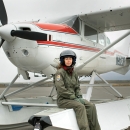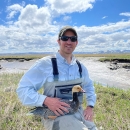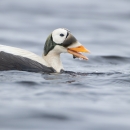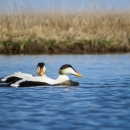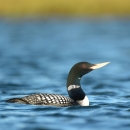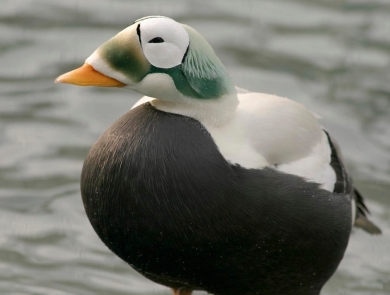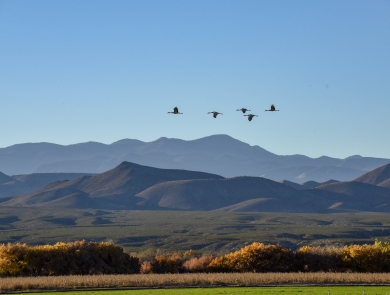The Yukon-Kuskokwim Delta Aerial Breeding Pair Survey provides data on the abundance and distribution of geese and eiders nesting on the YKD coastal zone in western Alaska. Wetland habitat in this region supports millions of waterbirds and is one of the most important waterfowl breeding grounds in North America. The survey was first implemented in 1985 to monitor populations of minima cackling geese (Branta hutchinsii minima) and Pacific greater white-fronted geese (Anser albifrons frontalis) after substantial declines on the species’ wintering grounds led to temporary closure of hunting. The two aerial observers tasked with recording all observations of geese, swans and cranes, quickly recognized the opportunity to document population trends for other waterbird species in this highly productive breeding habitat, and by 1988 a third aerial observer was added to the survey crew specifically for this purpose. Since the 1993 listing of spectacled eider (Somateria fischeri) as Threatened under the Endangered Species Act, the survey has served as the principal measure of recovery for the western Alaska population. Along with measuring eider recovery status, annual survey results determine the harvest strategy of cackling geese, Pacific white-fronted geese, and emperor geese (Anser canagicus). This management-focused survey is among the highest data collection priorities in the Alaska region with results that influence harvest management, inform habitat conservation and recovery decisions, and document changes in abundance and distribution.
